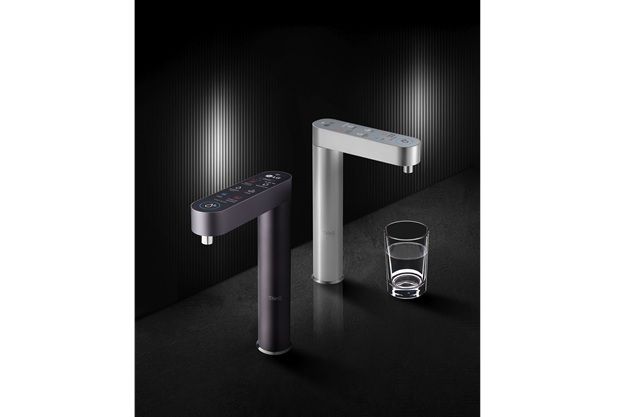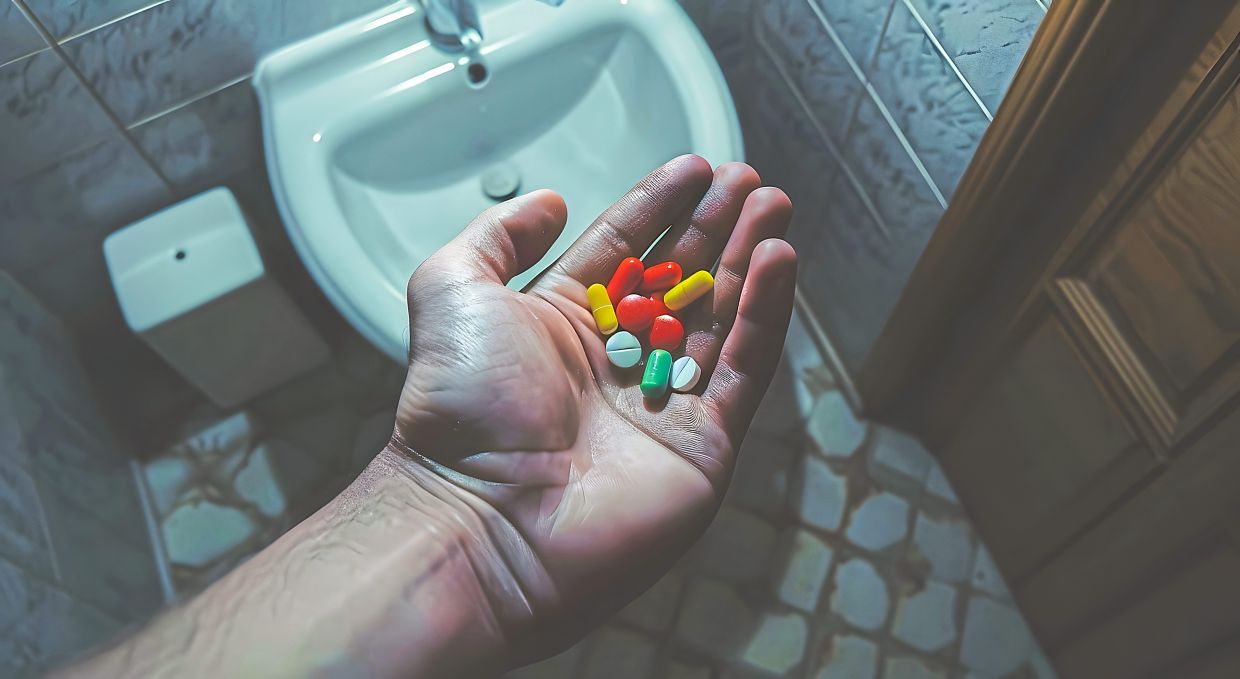
The combination of paralysis in one half of the body, slurred speech and dizziness is a telltale sign of a stroke. — dpa
Strokes can affect anyone, young and old alike, and some 10% to 15% of strokes affect people below the age of 55, according to figures in the United States and Germany.
A stroke is when your brain doesn't get enough oxygen due to a blocked or burst blood vessel.
Unlock 30% Savings on Ad-Free Access Now!








































